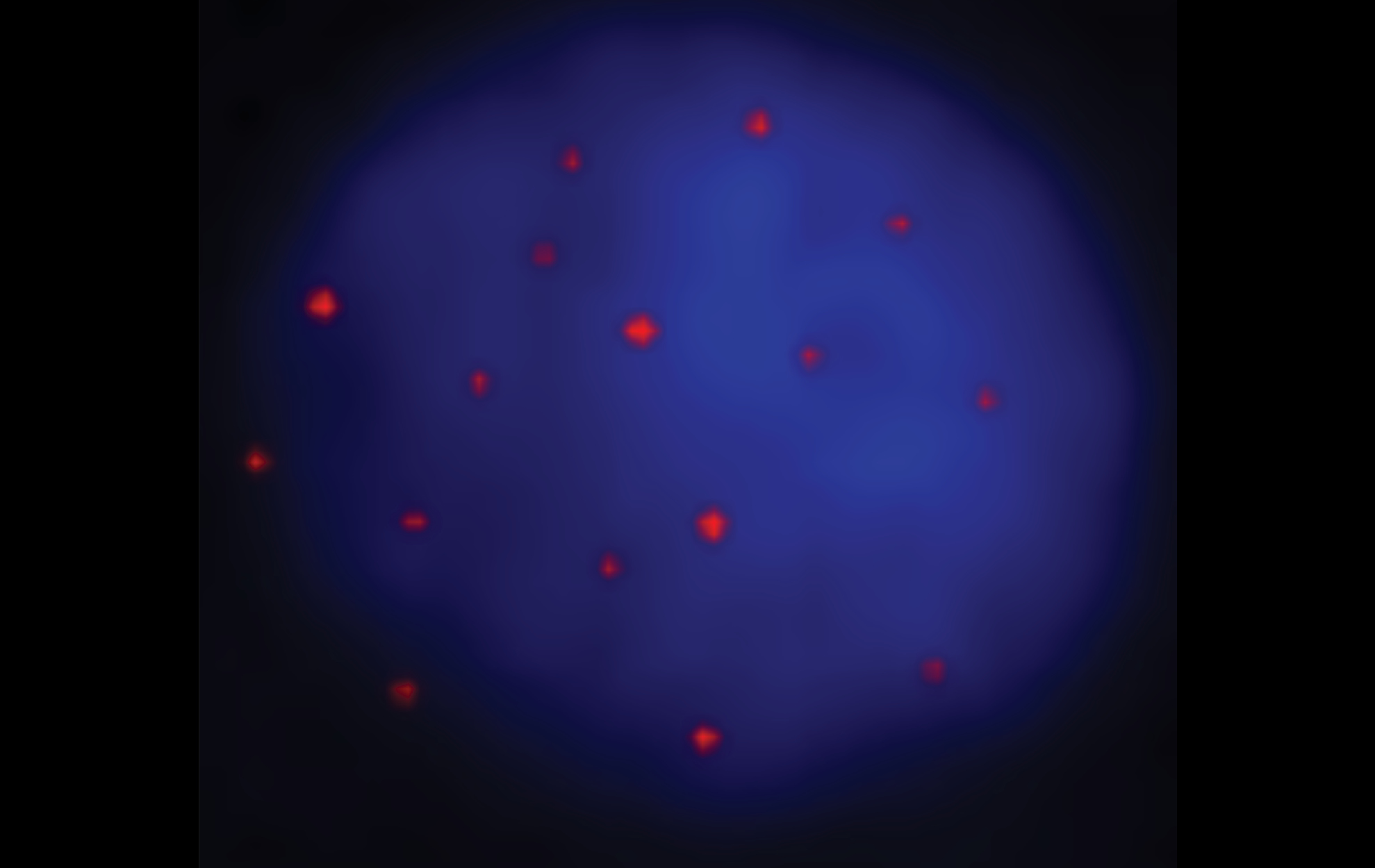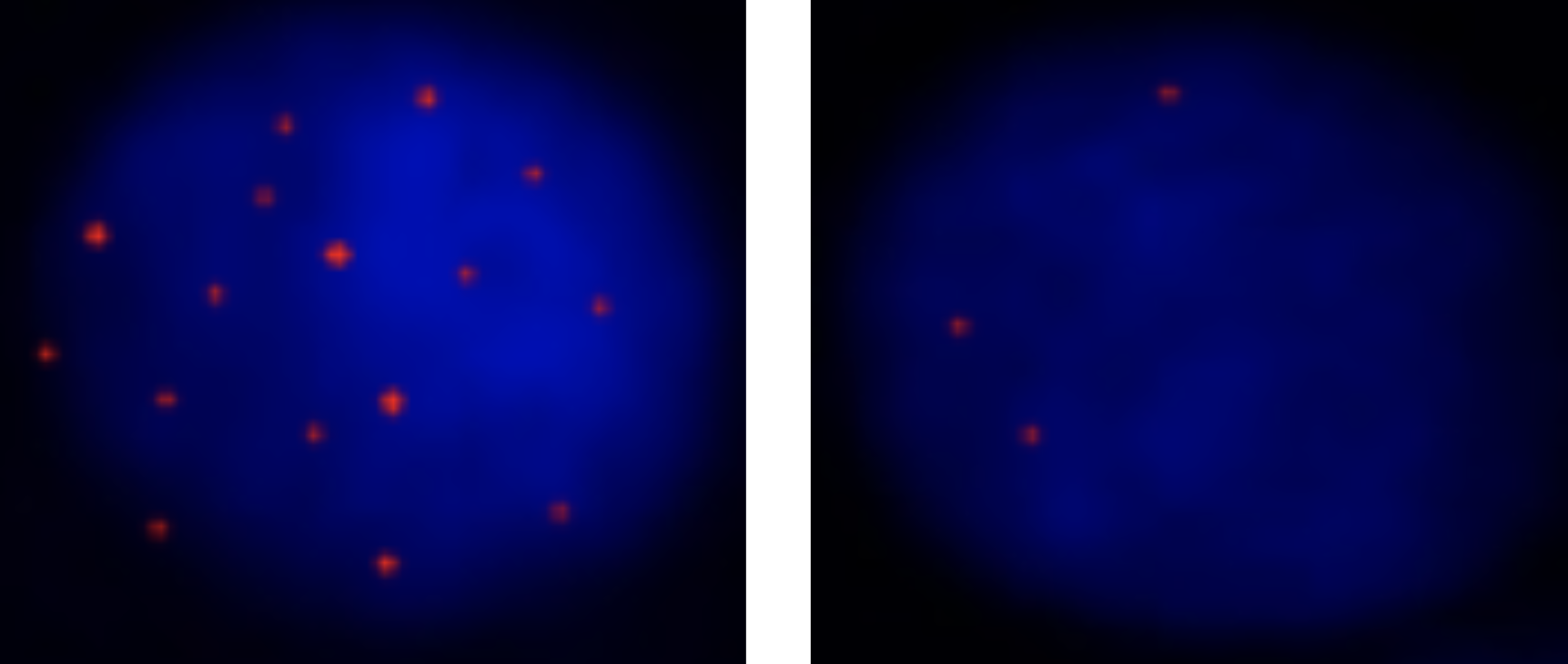
UCSF Researchers Discover Mechanism Underlying Treatment Resistance in Glioma

Researchers at UC San Francisco have discovered how PGAM1 – a protein expressed at high levels in many cancers – can contribute to tumor cells’ resistance to radiation therapy and chemotherapy.
Among other cancers, PGAM1 is present at abnormally high levels across gliomas, including glioblastoma. “We consistently found up to 5 times as much PGAM1 in tumor samples of human glioma,” said Joydeep Mukherjee, PhD, the principal investigator of this study. Mukherjee, a professional staff researcher, collaborated with Russell Pieper, PhD, Director of Basic Science at the UCSF Brain Tumor Center to decipher the role of PGAM1 in glioma.
Published today in Cell Reports, Mukherjee and colleagues report a novel interaction between PGAM1 and another protein WIP1, which underlies glioma cells’ resistance to DNA damage, and thus treatments like radiation and chemotherapy.
While PGAM1 is best known for its role in glycolysis, the breakdown of glucose by enzymes, Mukherjee and colleagues demonstrate that excess PGAM1 also interacts with WIP1, a protein that regulates the DNA damage repair pathway. They show that PGAM1 binds to WIP1, trapping it in the cell cytoplasm and preventing it from interacting with certain proteins in the nucleus. Ultimately, this leads to overactive DNA damage repair, which protects tumor cells from DNA-damaging agents like radiation and chemotherapy.
Using cultured glioma cells, the current work further shows that loss of PGAM1 impairs DNA repair and increases cell death following irradiation and exposure to the chemotherapy drug temozolomide (TMZ). “This suggests that loss of PGAM1 sensitizes glioma cells to radiation and TMZ,” said Pieper.

Indeed, when testing the effect of PGAM1 knockdown on tumor growth in vivo, Mukherjee and colleagues found that mice implanted with human glioma cells lacking PGAM1 had significantly less tumor growth after irradiation and TMZ treatment, compared to mice implanted with glioma cells carrying a typical (high) level of PGAM1. Further, loss of PGAM1 conferred a survival advantage in tumor-bearing mice receiving irradiation and TMZ treatment.
In demonstrating how PGAM1 contributes to overactive DNA damage repair in glioma, the Mukherjee Lab reveals a potential therapeutic target. “Downregulation of PGAM1 expression in in vitro and in vivo models appears to increase the efficiency of irradiation and TMZ, the standard treatment regimen for glioma,” said Mukherjee. “This could have therapeutic implications not only for glioma, but also other PGAM1-overexpressing tumors.”
Reference
Ohba S, Johannessen TA, Chatla K, Yang X, Pieper RO, and Mukherjee J. (2020) Phosphoglycerate Mutase 1 Activates DNA Damage Repair via Regulation of WIP1 Activity. Cell Reports 31(2):107518.